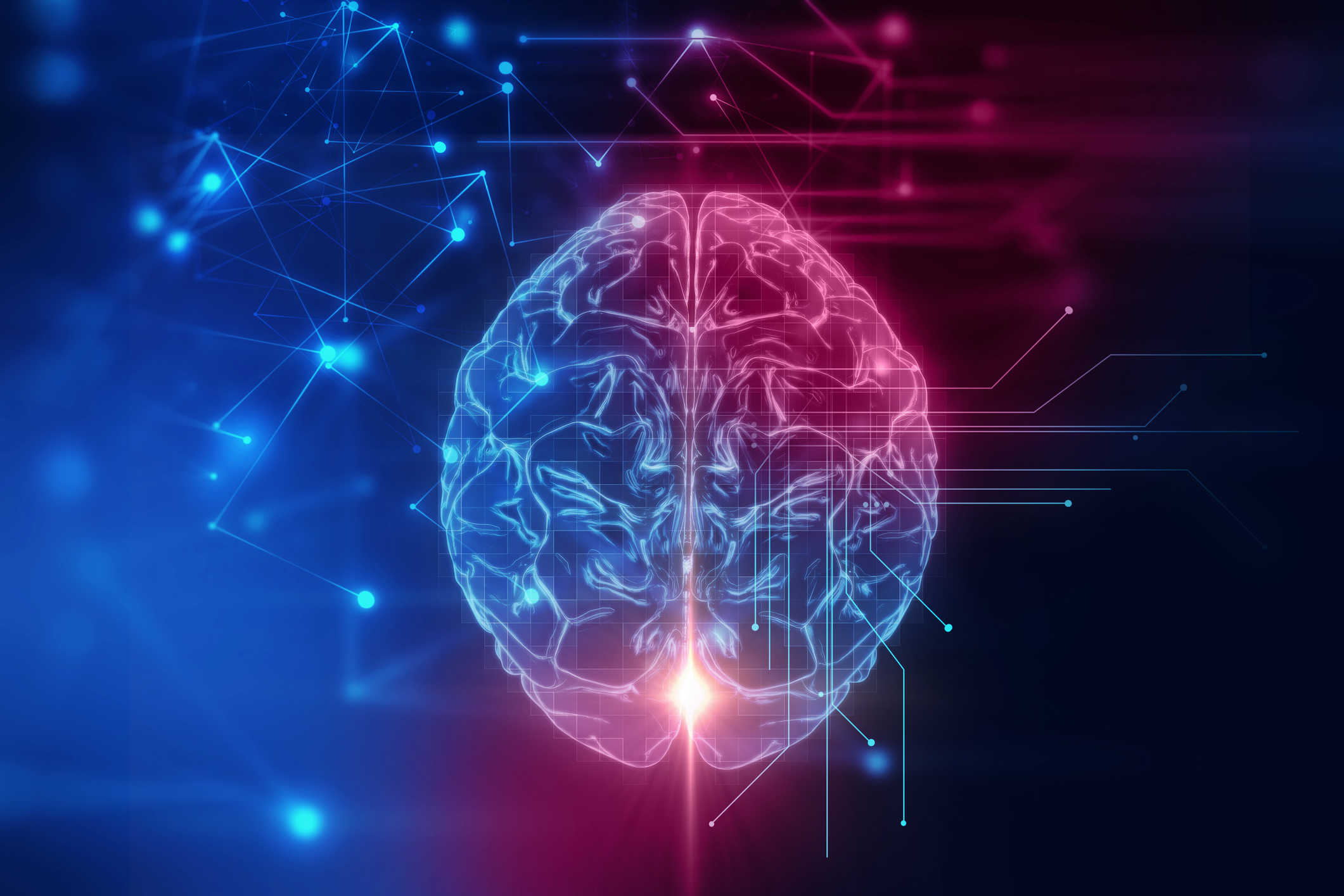#165 - Exercise in School

References Chaddock-Heyman, L., Erickson, K. I., Holtrop, J. L., Voss, M. W., Pontifex, M. B., Raine, L. B., Kramer, A. F. (2014). Aerobic fitness is associated with greater white matter integrity in children. Frontiers in Human Neuroscience, 8, 584. doi:10.3389/fnhum.2014.00584
Written by Mara Rowcliffe, BS.


 Give to Florida Tech
Give to Florida Tech 